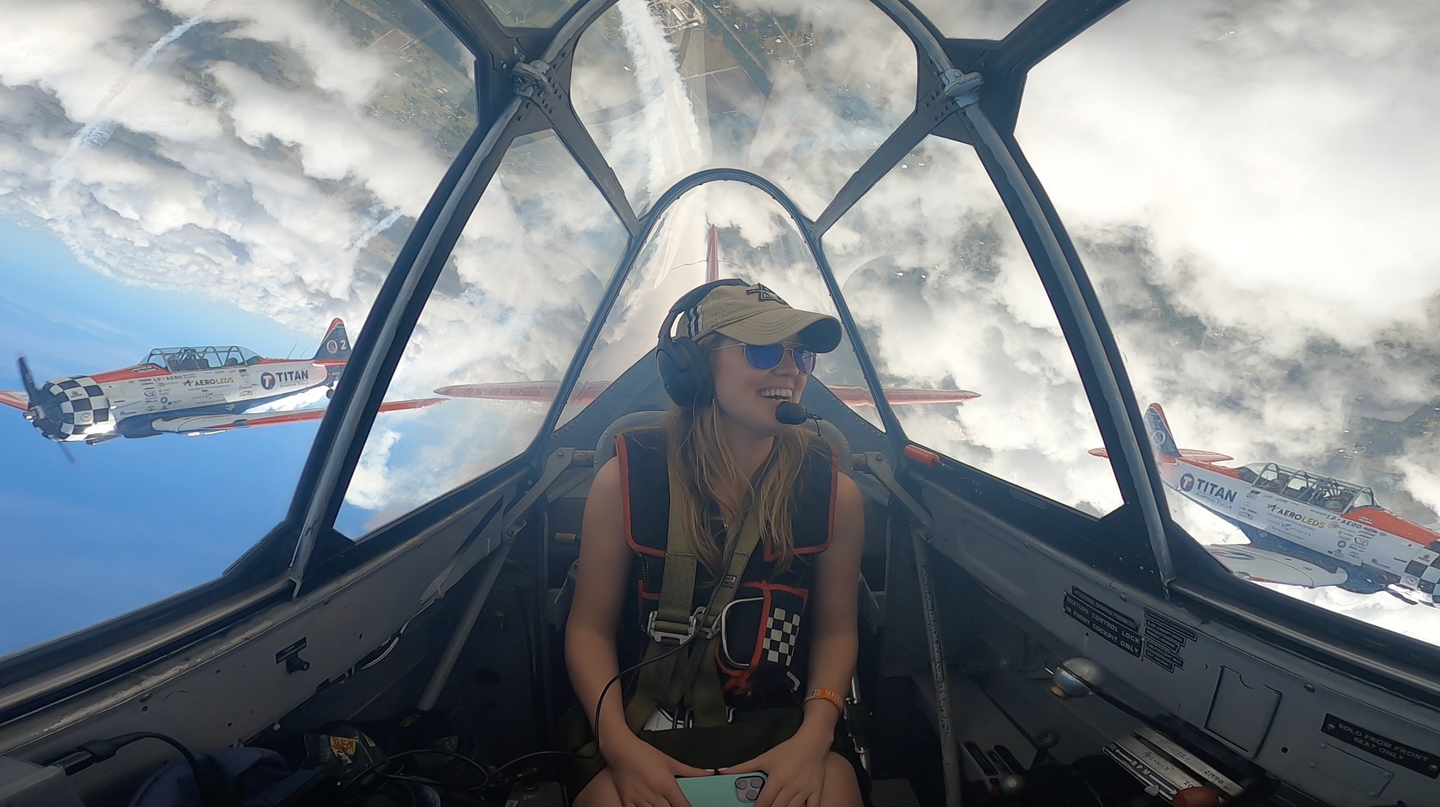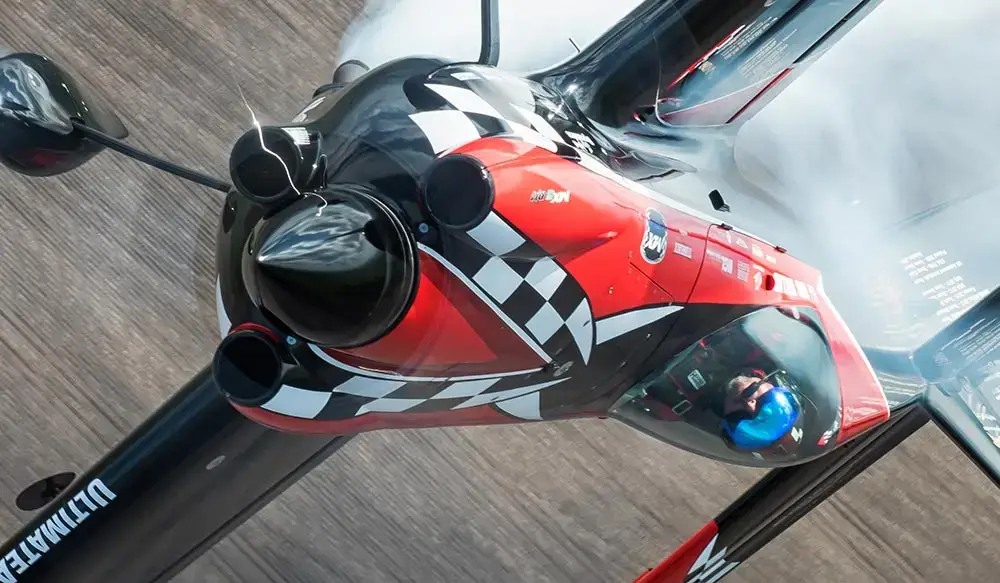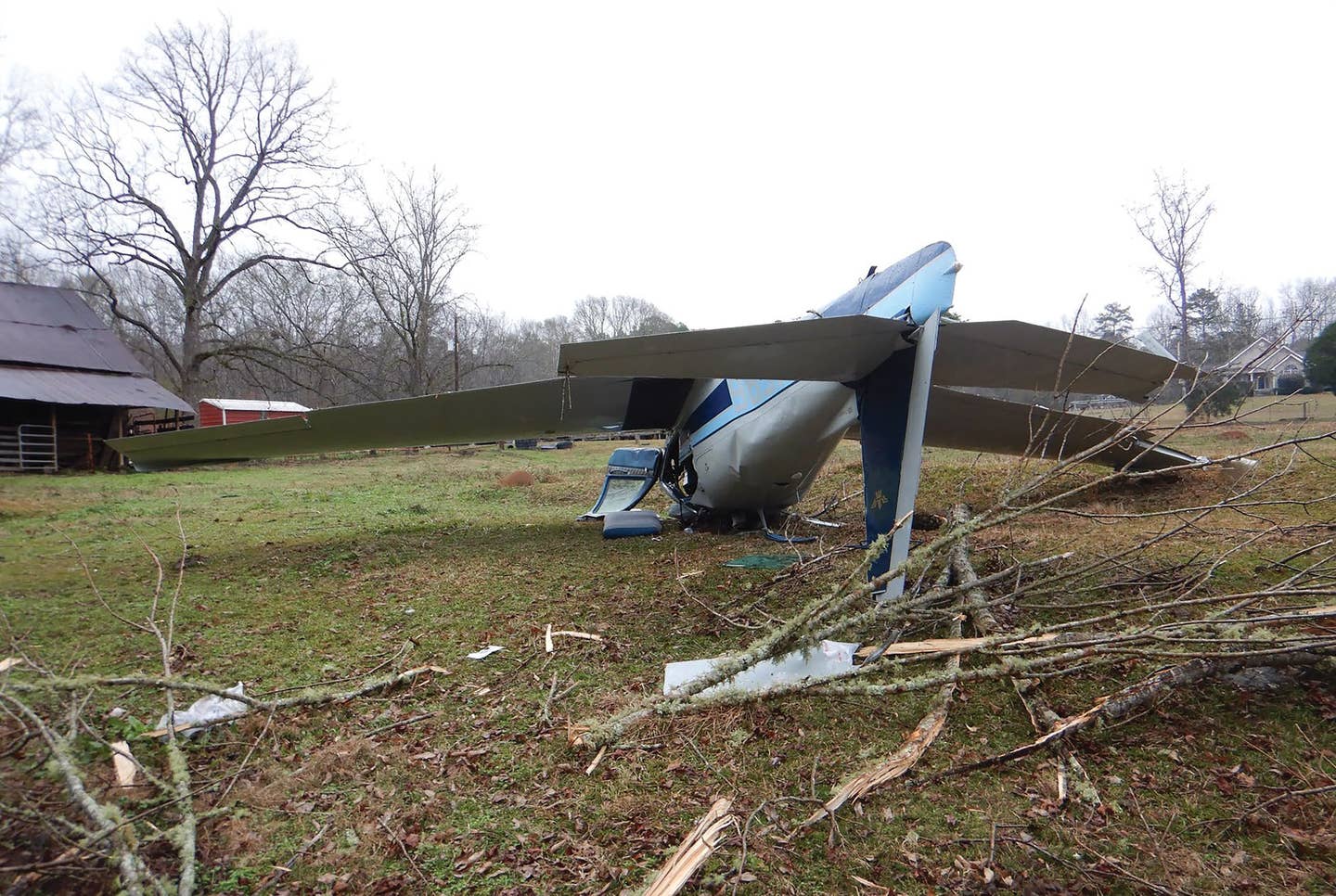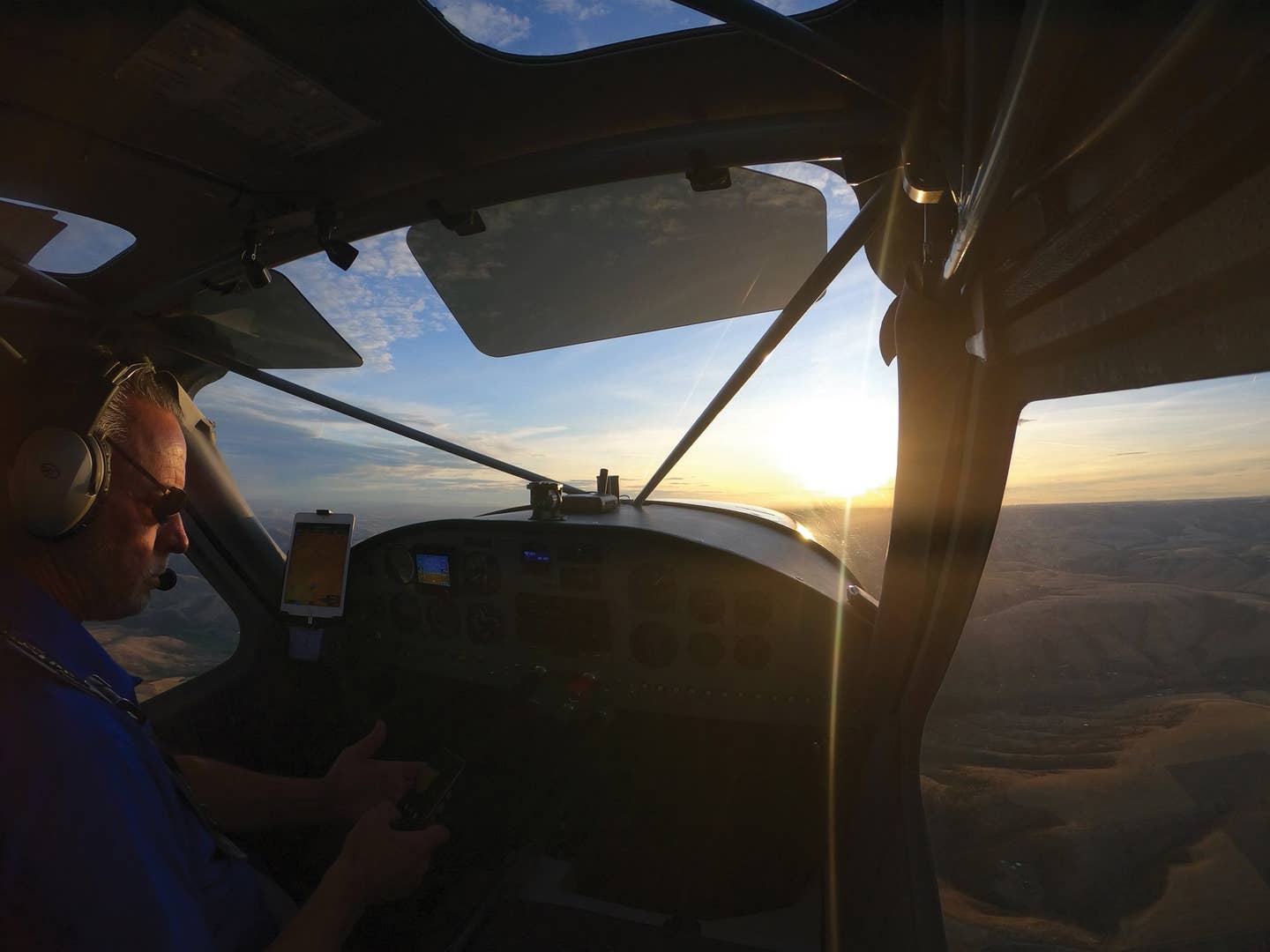Piper PA-29 Papoose
The two-seat composite flight trainer prototype was 30 years ahead of its time.
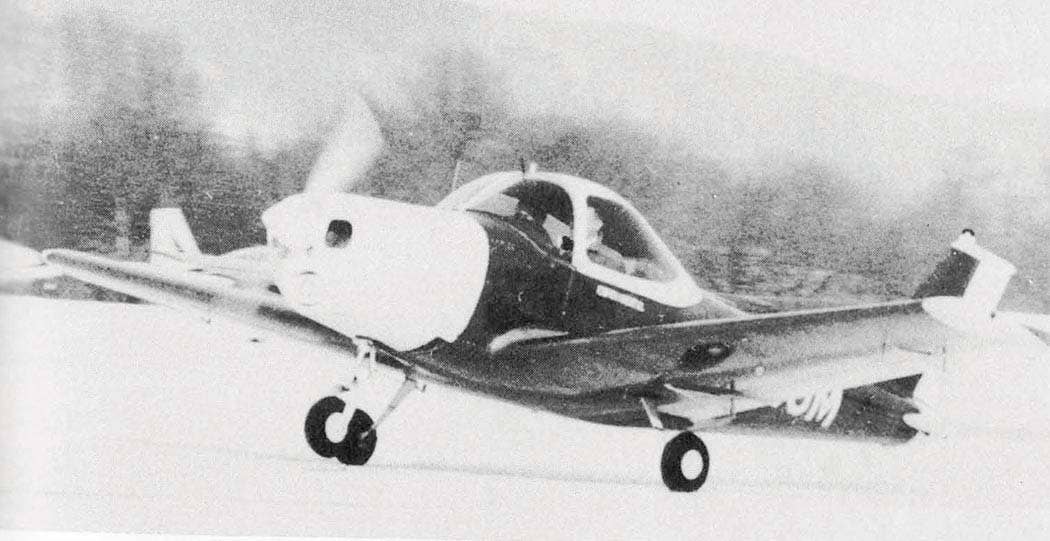
The Piper PA-29 Papoose boasted a 25-foot wingspan, 20-foot length, and 7-foot height at the top of the tail. (Images courtesy of Piper Aviation Museum)
When we think about composite materials in production airplanes, the name Piper Aircraft does not come immediately to mind.
The Cirrus and Diamond series, products of the late 1990s, demonstrated that composite airframes could achieve both production and market success. In the ’70s and ’80s, Burt Rutan’s unique designs, constructed out of light and strong plastic materials, dominated the homebuilt market.
Further back, the ’60s saw the birth of the first certified composite general aviation airframe, the Windecker Eagle. Certified by the FAA in 1969, it went on to a limited production run and paved the way for future composite aircraft. However, nearly a decade before the Eagle was certified, the newly established Piper Aircraft Development Center in Vero Beach, Florida, designed, constructed, and came tantalizingly close to producing a composite two-seat trainer, the PA-29 Papoose.
In 1958 Piper Aircraft surveyed nearly 1,000 aviation professionals to determine if there was a market for a two-place trainer. The answer was a resounding yes, and the Piper Colt, a two-seat derivative of the popular Piper Tri-Pacer, was pressed into service as a suitable stopgap airplane.
The final assembly of the Papoose was much like assembling a plastic airplane model kit.
Meanwhile, the longer-term development efforts at Piper were the Fred Weick-inspired, four-seat PA-28 Cherokee and a promising plastic and fiberglass two-seat design, the PA-29 Papoose. Much of what we know of the Piper Papoose comes to us through the eyes of Max Karant, an early managing editor of FLYING Magazine and founder and longtime editor of the Aircraft Owners and Pilots Association’s Pilot magazine, and Roger Peperell, author of the definitive history book of Piper Aircraft. Both credit Robert Drake, the manager of Piper’s plastics divisions, as the designer and chief advocate of the Papoose.
Drake’s elegant design provided a window into the compound curves and sleek shapes that these new materials offered. The low-wing monoplane design seated the pilot and passenger under a sliding fiberglass canopy and was powered by a reliable Lycoming 108 hp O-235 engine.
The Papoose sported a 25-foot wingspan, 20-foot length, and 7-foot height at the top of the tail. With an empty weight of 800 pounds and gross weight of 1,500 pounds, the PA-29 is remarkably similar to the original Cessna 150 and the light sport category of today.
The design progress evident in the PA-29 Papoose project is even more remarkable when compared to the airplane it was designed to replace.
Introduced in 1960, the Piper Colt was the company’s final tube-and-fabric design. However, this construction method, dating to the original 1929 Taylor Cub, was nearing the end of the line for mass-market airplanes. The competing Cessna 150 and earlier 172, also derivatives of late 1940s designs, were both all-metal monoplanes. Their success signaled the end of the mass-produced rag-wing era. However, the journey from dope and fabric all the way to plastic composites would prove a long one.
Undaunted by the challenge, Drake boasted a long and successful history with plastic. He had designed and produced the first plastic boat for the U.S. Navy then followed that with ever larger and stronger designs. By the early 1960s, fiberglass-hulled boats were the rule rather than the exception.
Plastic composites were not new to Piper Aircraft. Drake managed the division that supplied canopies to Grumman Aircraft for its fighter planes, as well as providing the ever-increasing plastic parts count of existing Piper airframes.
The Papoose was designed for easy construction and repair. Construction started with a half-inch plastic-impregnated paper honeycomb, supplied by Douglas Aircraft. This honeycomb was laid over a 9/16-inch-thick fiberglass sheet resting in a mold. Finally, another 9/16-inch fiberglass sheet was laid on top of the honeycomb. Once bonded together, the fuselage, wings, and tail were relatively light and strong and could be molded into compound curves.
The final assembly of the Papoose was much like assembling a plastic airplane model kit. The entire aircraft consisted of three major structures: the wing, fuselage, and powerplant. The wing structure, which included the pilot and passenger seats, consisted of only 32 pieces. Once assembled, the fuselage was simply dropped on top of it. Attach the tail feathers, wheels, canopy, and cowling, and the Papoose was ready to fly. Pretty heady stuff for 1960. The wing itself had neither spars nor stringers, rather a molded “separator,” leaving the interior available for fuel.
When completed and ready for flight test, the PA-29 Papoose was reminiscent of a Beechcraft Skipper, Diamond DA-20, or Piper Tomahawk. Form apparently does follow function.
The Piper Papoose was, first and foremost, a technology demonstrator. Thus, it was built to “210 percent of maximum design load,” nearly 25 percent more than the FAA required. As flight tests continued, both at Lock Haven, Pennsylvania, and Vero Beach, significant design changes were made, moving the fuel tanks into the wings and making changes to tail surfaces and the cowling area.
Early images of the Papoose show some unique cowling shapes only available with the plastic construction. However, later photos and the surviving prototype on display sport a PA-28 cowling and structure from the firewall forward. The elevator and wing surfaces also mirror the Cherokee, except for their construction of fiberglass resin and honeycomb.
The first flight occurred in 1962, and the Papoose went through a flight test program. However, while the PA-29 was in development, the PA-28 Cherokee had already gone into production. The ’62 debut of the two-seat PA-28 trainer version likely sealed the Papoose’s fate.
It’s hard to argue with success. The PA-28 line and its derivatives have gone on to become the second-most produced line of GA aircraft in the world and fourth-most produced overall.
Thankfully, Piper saved the sole PA-29 prototype from the scrap heap. It was initially stored at the Piper factory and then loaned to the EAA museum in Oshkosh, Wisconsin, where it was on display for many years.
In 1987, the Papoose came home and has been on display ever since at the Piper Aviation Museum at the William T. Piper Memorial Airport (KLHV) in Lock Haven. The museum staff were so helpful in the research for this column.
So, if you are in the neighborhood, plan to visit the museum and see This Incredible Plane, the Piper PA-29 Papoose.

Subscribe to Our Newsletter
Get the latest Plane & Pilot Magazine stories delivered directly to your inbox

